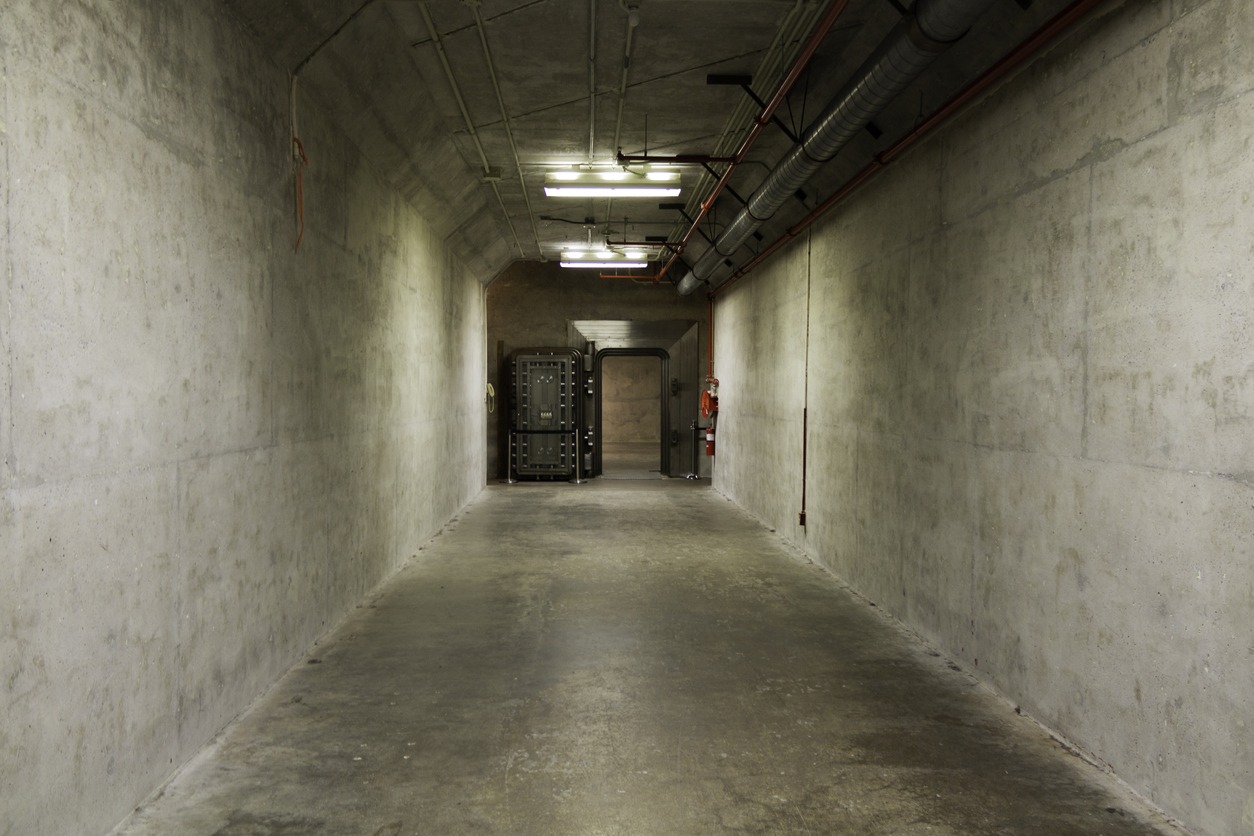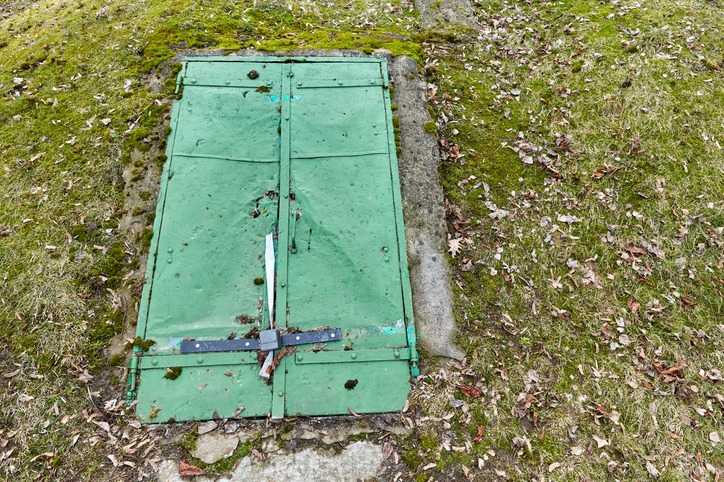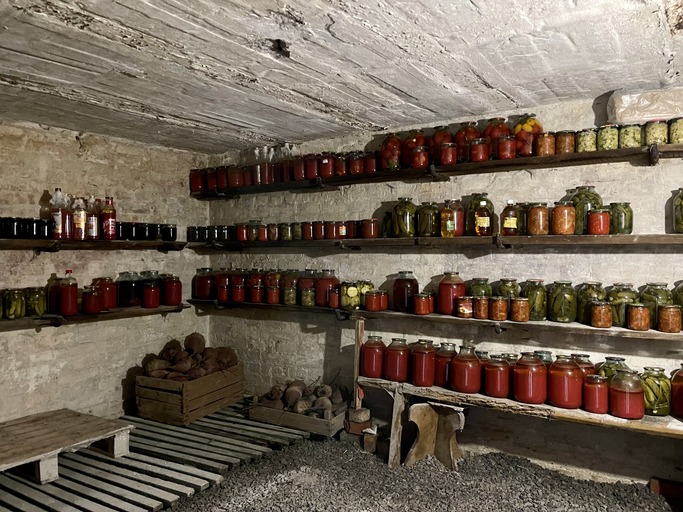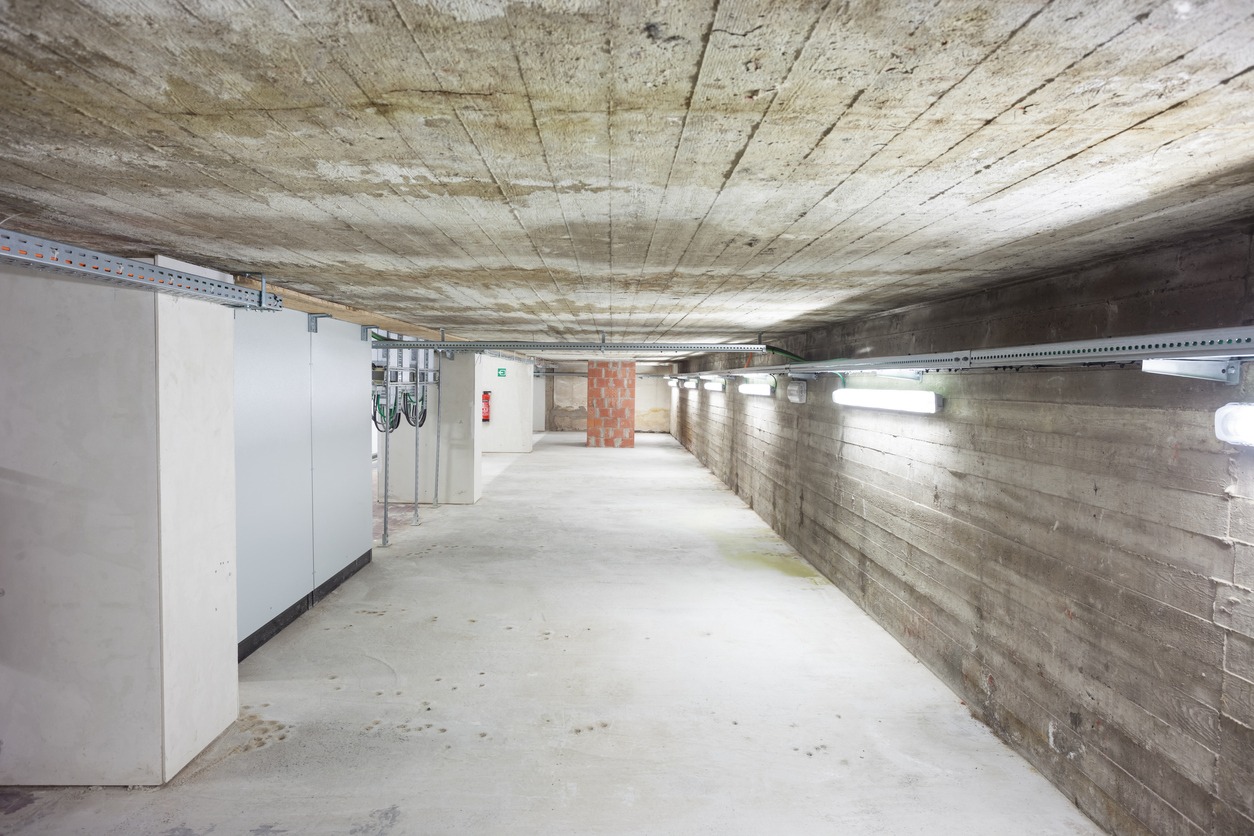In today’s world, characterized by unpredictable natural disasters, political instability, and the looming threat of pandemics and other crises, prioritizing emergency preparedness is of paramount importance.
Underground bunkers have emerged as a reliable and self-sufficient solution to ensure the safety and well-being of families and loved ones during times of crisis. However, the safety and effectiveness of bunkers can vary depending on the type of bunker and the specific disaster at hand.
This article aims to shed light on the compelling reasons why investing in an underground bunker is crucial in the current climate. Moreover, it provides a comprehensive guide that equips individuals with the knowledge to effectively build high-quality bunkers.
How Safe are Bunkers?
The effectiveness and safety of doomsday bunkers vary based on their type and the specific disaster under consideration. Military bunkers constructed for launching intercontinental ballistic missiles (ICBMs) are designed to withstand extreme conditions like tornadoes, forest fires, and low-yield nuclear weapons detonated from a considerable distance. These bunkers offer a high level of protection to occupants.
In contrast, shallow buried bunkers intended as panic rooms for affluent individuals may not possess the same durability. They are not designed to withstand powerful explosives like bunker buster bombs. Rather, their main purpose is to provide a secure space for short-term emergencies or intruder situations.
Evaluating factors like structural integrity, ventilation systems, and environmental considerations is crucial to ensure the safety and effectiveness of these underground shelters in today’s ever-changing world. Military bunkers prioritize robust engineering and fortified structures, enabling them to withstand various disasters. Conversely, personal bunkers may prioritize comfort and short-term security over long-term survival in extreme scenarios.
Significance of Investing Bunker
Escalating Threats
Earthquakes, tornadoes, hurricanes, fires, terrorism, nuclear weapons, accidents involving hazardous materials, civil unrest during economic crises, and pandemics all underscore the necessity of secure shelters. Bunkers serve a vital purpose in minimizing the effects of these threats and safeguarding the well-being of individuals and communities.
Unparalleled Security and Safety
Underground bunkers offer unparalleled security and safety, serving as fortified sanctuaries against natural disasters, political unrest, and potential health crises like COVID-19. These structures are designed to withstand external dangers and can provide a safe and isolated space to protect your loved ones from the rapid spread of viruses.
Self-Sufficiency in Challenging Times
Equipped with essential resources and utilities, bunkers ensure the availability of food, water, power, and other necessities, reducing the need to rely on external sources. This self-sufficiency becomes especially crucial when access to supplies and services may be limited or disrupted.
Psychological Resilience
Knowing that you have taken proactive measures to protect your loved ones, including during a pandemic, instills a sense of control and preparedness. This sense of security significantly reduces anxiety and stress, enabling you to navigate uncertain times with confidence and resilience.
Planning and Designing Your Underground Bunker
Strategic Location
While some individuals opt to build their bunker in the basement or near their house, the suitability of this decision depends on the geographical context. If you are contemplating the construction of a bunker, it is advisable to reassess your current location.
When considering the construction of a shelter, it is crucial to avoid building below sea level or on flood plains and fringes to prevent the risk of water damage and potential drowning. Similarly, it is advisable to steer clear of areas with fault lines or high earthquake activity to ensure the safety and structural integrity of the shelter. These precautions are essential in mitigating the dangers associated with natural disasters and safeguarding the well-being of individuals seeking refuge in such shelters.
Tailored Bunker Types
There are various bunker options available, including prefabricated models and custom-designed structures, to accommodate different needs and budgets. Choosing the right type of bunker that aligns with your requirements is essential. For instance, if you’re preparing for natural disasters like storms, a small storm shelter with basic amenities for a few hours to a few days would be suitable. On the other hand, if you anticipate long-term disruptions like financial collapse or a pandemic, a larger and more comprehensive emergency shelter is necessary. This design should include ample living spaces, storage for food and water, waste management systems, and essential utilities like electricity, HVAC, and food preparation capabilities.
In the event of a nuclear disaster, where extended periods underground may be required, the bunker design should prioritize comprehensive mechanical systems to sustain water, waste management, power, and HVAC. Privacy for individuals and provisions for entertainment should also be considered in this case. By carefully considering your specific needs and potential risks, you can ensure your bunker design effectively addresses the threats you anticipate.
Optimal Size and Layout
When designing an underground bunker, the overall layout is crucial. It’s important to assess your needs thoroughly, doubling them multiple times. Consider factors such as the number of occupants, necessary amenities, and functional spaces when determining the appropriate dimensions and layout of the bunker.
Also, remember to consider personal and living space in your design. Think about your comfort level with shared living quarters and decide if separate spaces or multiple sleeping quarters are necessary. FEMA advises that for a group shelter occupied for more than 24 hours, each person should have 60 square feet of space when using single beds or 30 square feet when using bunk beds. Privacy, especially for bathroom facilities, should be accounted for. Additionally, consider incorporating sprouting or light gardening for fresh food and plan the kitchen layout accordingly.
Ensuring Structural Integrity
When constructing a sturdy bunker, it is important to prioritize sturdy construction that can withstand fire, flooding, and impact. This involves using solid materials and robust construction techniques. Additionally, the bunker design should include easily accessible escape hatches and functional emergency communication systems. Addressing groundwater pressure and incorporating radiation shielding with thick concrete walls are crucial. Installing gas detection systems, ensuring proper ventilation, and conducting regular checks for gas leaks are necessary for maintaining a safe environment. Assessing water table and groundwater levels, choosing a suitable location, reinforcing the bunker, using corrosion-resistant materials, and implementing fire safety measures are essential considerations. By carefully considering these factors, one can create a secure shelter that prioritizes safety and withstands potential threats.
Maintenance and Regular Evaluations
Comprehensive emergency plans and training are crucial for the safety of bunker occupants. These plans should cover various emergency scenarios and provide clear instructions for response. Regular training sessions familiarize occupants with procedures, enabling swift action during crises. Effective communication systems are essential for emergency preparedness. Reliable channels within the bunker and with the outside world allow for coordination and obtaining necessary help. Emergency protocols guide communication system use during crisis situations. Regular maintenance and testing are vital to ensure the bunker’s operational readiness. Inspecting, servicing, and testing all systems identify potential issues for timely repairs or replacements. Maintaining fully functional systems ensures occupant safety at all times.
Conclusion:
Constructing an underground bunker is a proactive and crucial step to enhance emergency readiness in today’s unpredictable world. By carefully planning, thoughtfully designing, and maintaining well-stocked supplies, you can create a safe and self-sustaining shelter for your family. Regular upkeep, thorough evaluations, and following recommended guidelines ensure that the bunker remains a reliable sanctuary even in challenging circumstances, providing peace of mind and safeguarding your loved ones’ well-being.
To ensure proper design and construction, consulting with an experienced engineer is advisable when building a bunker. Seeking professional guidance allows you to optimize the design, maximize safety measures, and create a durable bunker that meets your specific needs.




